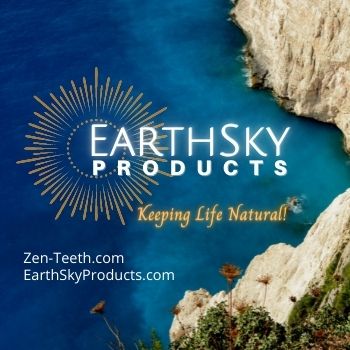Countries growing hemp
In case you’re wondering what other countries are in full support of HEMP as the natural solution to our synthetic world, here’s a quick list of countries that it is legal to grow hemp. Growing hemp in the United States is still for the most part illegal.
from HEMP UNIVERSITY

Countries Growing Hemp
- AUSTRALIA and NEW ZEALAND allow research crops. And in Victoria, Australia commercial production is now licensed.
- AUSTRIA has a hemp industry including production of hempseed oil, medicinals and Hanf magazine.
- CANADA started to license research crops in 1994 on an experimental basis. In addition to crops for fiber, one seed crop was experimentally licensed in 1995. Many acres were planted in 1997. Canada now licenses for commercial agriculture with thousands of acres planted in 1998. Over 30,000 acres were planted in 1999
- CHILE grows hemp mostly for seed oil production.
- CHINA is the largest exporter of hemp paper and textiles. (ma)
- DENMARK planted its first modern hemp trials in 1997. Committed to utilizing organic methods.
- FINLAND has had a resurgence of hemp (hampu) beginning in 1995 with several small test plots.
- FRANCE harvested 10,000 tons in 1994. France is the main source of viable low THC hempseed. The French word for hemp is “chanvre”.
- GERMANY only banned hemp in 1982, but research began in 1992 and many technologies and products are being developed. Clothes and paper are being made from imported raw materials. Germany lifted the ban on growing hemp November 1995. The German word for hemp is hanf.
- GREAT BRITAIN lifted hemp prohibition in 1993. Animal bedding, paper, and textiles have been developed. A government grant was given to develop new markets for natural fibers. 4,000 acres were grown in 1994. Subsidies of $230 Eng. pounds per acre are given by the govt. for growing.
- HUNGARY is rebuilding their hemp industry and is one of the biggest exporters of hemp cordage, rugs and hemp fabric to the US They also export hemp seed and hemp paper. The Hungarian word for hemp is kender.
- INDIA has large stands of naturalized Cannabis and uses it for cordage, textiles, and seed oil.
- JAPAN has a religious tradition which requires that the Emperor wear hemp garments, so there is a small plot maintained for the imperial family only. They continue to import for cloth and artistic applications.
- NETHERLANDS is conducting a four-year study to evaluate and test hemp for paper and is developing processing equipment. Seed breeders are developing new strains of low THC varieties. The Dutch word for hemp is hennep.
- POLAND currently grows hemp for fabric and cordage and manufactures hemp particle board. They have demonstrated the benefits of using hemp to cleanse soils contaminated by heavy metals. The Polish word for hemp is konopij.
- ROMANIA is the largest commercial producer of hemp in Europe. Total acreage in 1993 was 40,000 acres. Some of it is exported to Hungary for processing. They also export to Western Europe and the United States. The Romanian word for hemp is cinepa.
- RUSSIA maintains the largest hemp germplasm collection in the world at the N.I. Vavilov Scientific Research Institute of Plant Industry (VIR) in Saint Petersburg. They are in need of funds. The Russian word for hemp is konoplya.
- SLOVENIA grows hemp and manufactures currency paper.
- SPAIN grows and exports hemp pulp for paper and produces rope and textiles. The spanish word for hemp is canamo.
- SWITZERLAND is a producer of hemp. The Swiss words for hemp are hanf, chanvre or canapa depending on whether you are in the French, German or Italian speaking area.
- EGYPT, KOREA, PORTUGAL, THAILAND, and the UKRAINE also produce hemp.
- UNITED STATES Colorado, Vermont, California, and North Dakota have passed laws enabling hemp licensure. All four states are waiting for permission to grow hemp from the DEA. Currently, North Dakota representatives are pursuing legal measures to force DEA approval. Oregon has licensed industrial hemp as of August 2009. Hemp is not legal to grow in the U.S. under Federal law because of its relation to marijuana, and any imported hemp products must meet a zero tolerance level. It is considered a controlled substance under the Controlled Substances Act (P.L. 91-513; 21 U.S.C. 801 et seq.). Some states have made the cultivation of industrial hemp legal, but these states — North Dakota, Hawaii, Kentucky, Maine, Maryland, Oregon, California, Montana, West Virginia and Vermont — have not yet begun to grow it because of resistance from the federal Drug Enforcement Administration. In 2013, after the legalization of marijuana in the state, several farmers in Colorado planted and harvested several acres of hemp, bringing in the first hemp crop in the United States in over half a century.






